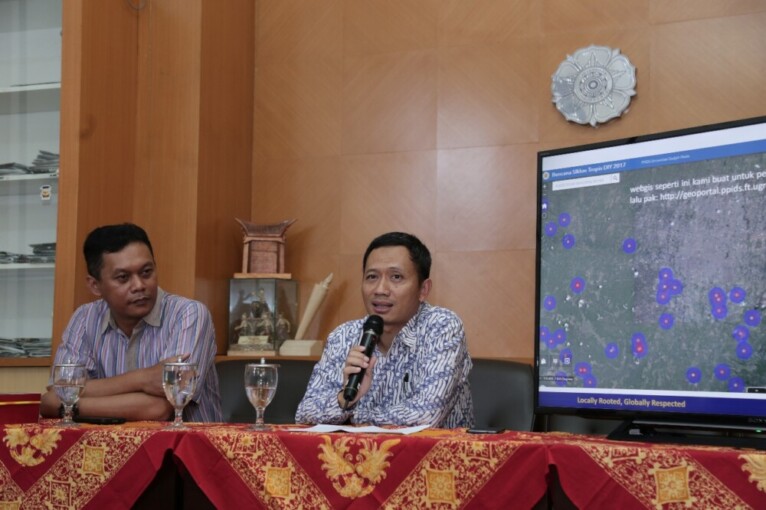
After the large earthquakes in Lombok, West Nusa Tenggara on July 29 and August 5, Universitas Gadjah Mada has sent various assistance to alleviate the victims’ burdens, including by sending construction technical experts to assess the safety and feasibility of buildings.
From this assessment, the team discovers that many buildings were built without involving construction experts so they are lacking in durability.
“The worst thing that we found is many collapsed buildings do not have reinforced concrete beams and columns. There are some with reinforced concretes but are not interconnected,” said Ashar Saputra, Ph.D., one of UGM lecturers, on the first stage assessment, Tuesday (8/14).
The Faculty of Engineering’s volunteer team along with medical staff were deployed by UGM on Monday (8/6), while the building inspections were carried out on Tuesday and Wednesday. The team conducted the inspection by referring to the standard Applied Technology Council-20 procedure.
The Civil Engineering Department lecturer explained the inspection intends to ensure building safety, especially for important buildings such as referral hospitals to handle the victims. According to Ashar, most of the hospitals are still in good condition and possible to function.
“Of the six hospitals we assessed, there are several unsafe buildings but most of them are still safe to use. Each hospital has at least 75 to 80 percent of building feasibility.”
The data are the result of the assessment conducted after the second earthquake on August 5. For the third powerful aftershock a few days ago, UGM will send another assessment team to recheck the building safety.
Aside from inspecting health facilities, the team also inspects other facilities including schools, religious buildings, and various public infrastructure. UGM will also conduct home inspections by training and cooperating with the volunteers from universities in Lombok and related non-governmental organizations.
To prevent major physical damage in the future, Ashar suggested the local government through Public Works Agency to provide more supervision for the standard construction procedures, especially for public facilities.
Meanwhile, UGM Geological Engineering lecturer, Dr. Agung Setianto, stated the earthquake risk in Lombok which is located above the Flores fault is difficult to predict due to the lack of research on tectonic plate activity. Even so, the earthquake risk management can be done by mapping the area’s geographical conditions for now.
On August 26, the Geological Engineering team will depart for Lombok to provide data collection training with local partners. After collecting the data, the team will then design a digital map to provide various spatial information.
“We all hope and pray for the condition to improve and no more victims. The UGM volunteer teams are committed to continue helping our people in Lombok and work together with the community, local universities, hospitals, local governments and authorities,” said Dean of Faculty of Engineering UGM, Prof. Ir. Nizam, M.Sc., Ph.D.

